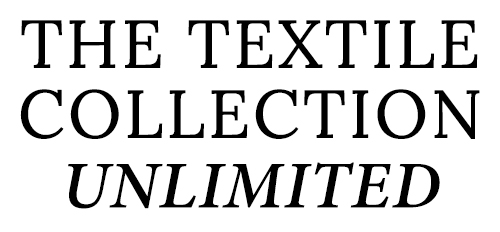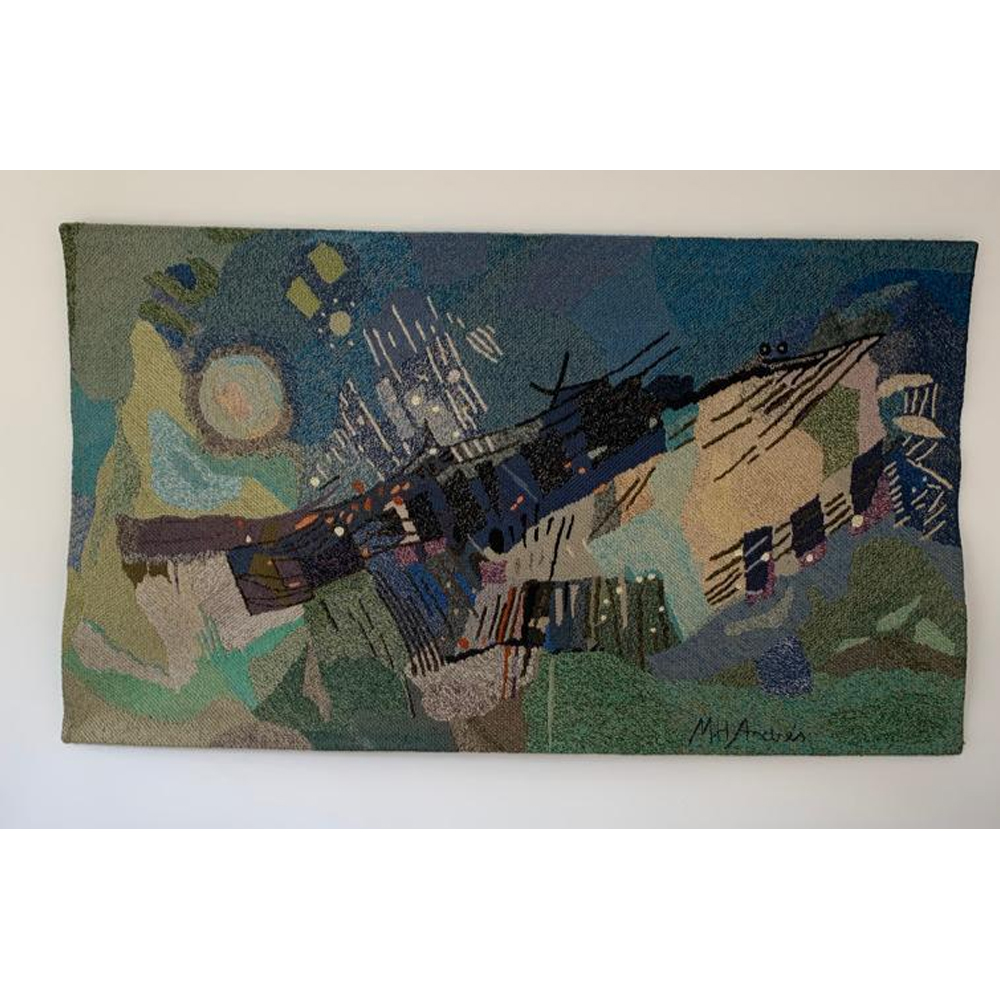Maria Helena Coelho Andrés Ribeiro, born in Belo Horizonte, Brazil in 1922, was a multifaceted artist who excelled in painting, design, illustration, writing, and teaching. Her artistic journey began with studying painting under the guidance of Carlos Chambelland in Rio de Janeiro from 1940 to 1944. She further honed her skills under the tutelage of Guignard and Edith Behring at Escola do Parque in Belo Horizonte between 1944 and 1947.
Throughout her career, Maria Helena Andrés actively participated in various prestigious art exhibitions, including the Salão Nacional de Belas Artes – SNBA, the National Modern Art Salon – SNAM, and the São Paulo International Biennial, spanning the years 1946 to 1961. Notably, she held a teaching position at the School of Fine Arts in Belo Horizonte from 1950 to 1970 and even served as its director for a period.
In 1961, Maria Helena Andrés attended the Arts Students League of New York, where she studied under Theodorus Stamos. This experience in New York, along with her collaborations with newspapers Diário de Minas and Estado de Minas as an art writer in the mid-1960s, greatly influenced her artistic perspective. She expanded her artistic horizons through several trips to the East, including visits to Nepal, Tibet, Japan, Thailand, and India since the 1970s. During these trips, she participated in seminars and lectures, fostering her interest in and exploration of indigenous and Brazilian cultures.
Maria Helena Andrés’ artistic style evolved throughout her career. Influenced by her teacher Guignard, her early works showcased transparent and luminous backgrounds, meticulous figure drawing, lyrical compositions, and a lightness of expression. In the 1950s, she transitioned towards concrete art, becoming a pioneer of the movement in Minas Gerais. Her compositions during this period featured rhythmic sequences of vertical and horizontal lines, creating delimited areas that incorporated geometric and square forms. While adhering to the principles of concretism, her works retained a poetic quality, reminiscent of Piet Mondrian’s canvases. Notably, her ink drawings series titled “Cidades Iluminadas,” produced in 1958, exemplified this plastic approach.
During the early 1960s, Maria Helena Andrés embarked on a study trip to New York, where she encountered abstract expressionism and received guidance from Theodorus Stamos. This experience led to a significant transformation in her artistic production, with a shift towards gestural painting that encompassed elements of lyrical and informal abstractionism. The imagery of boats became prominent in her works during this period, with thickly textured surfaces characterizing pieces like “Embartação” from 1963.
In the 1960s, Maria Helena Andrés explored themes of war, destruction, and the space race through a series of ink drawings and canvases. She incorporated collage techniques, integrating photo clippings from mass media alongside abstract elements, as seen in “Navio Radioativo” from 1964. In the subsequent decade, she delved into tapestry projects, incorporating aspects of pictorial language into the textile medium, experimenting with colors and textures.
Beyond her artistic endeavors, Maria Helena Andrés demonstrated a strong connection between visual arts and her publications. Her book “Vivência e Arte,” published in 1966, delved into the sources of creativity, the nature of artistic communication, and art education, drawing inspiration from Jacques Maritain’s philosophy and Kandinsky’s aesthetic thought. Her 1977 publication, “Caminhos da Arte,” expanded on her reflections regarding modern art, with a particular focus on informal abstract painting.
Maria Helena Andrés’ interest in Oriental culture began in the 1970s during her trips to India and other Eastern countries. These experiences heavily influenced her artistic work, further expanding the realms of abstraction, gestural elements, fluidity, and transparency in her compositions, likely assimilated through her engagement with Oriental art. In recent years, she explored circular shapes, mandalas, photography, and sculpture in her artistic practice.
Maria Helena Andrés’ significant contributions as a designer, painter, and teacher in the art scene of Minas Gerais over the past decades have been widely recognized. Her unique artistic style, characterized by semi-abstract suggestions, symbolism, metaphors, and allegories, has captivated audiences. Her artistic journey has been marked by constant exploration, breaking away from academic conventions and embracing individuality. Notably, her exposure to influential international artists and her involvement in the vibrant artistic community of Belo Horizonte during the mid-20th century played pivotal roles in shaping her artistic vision.

